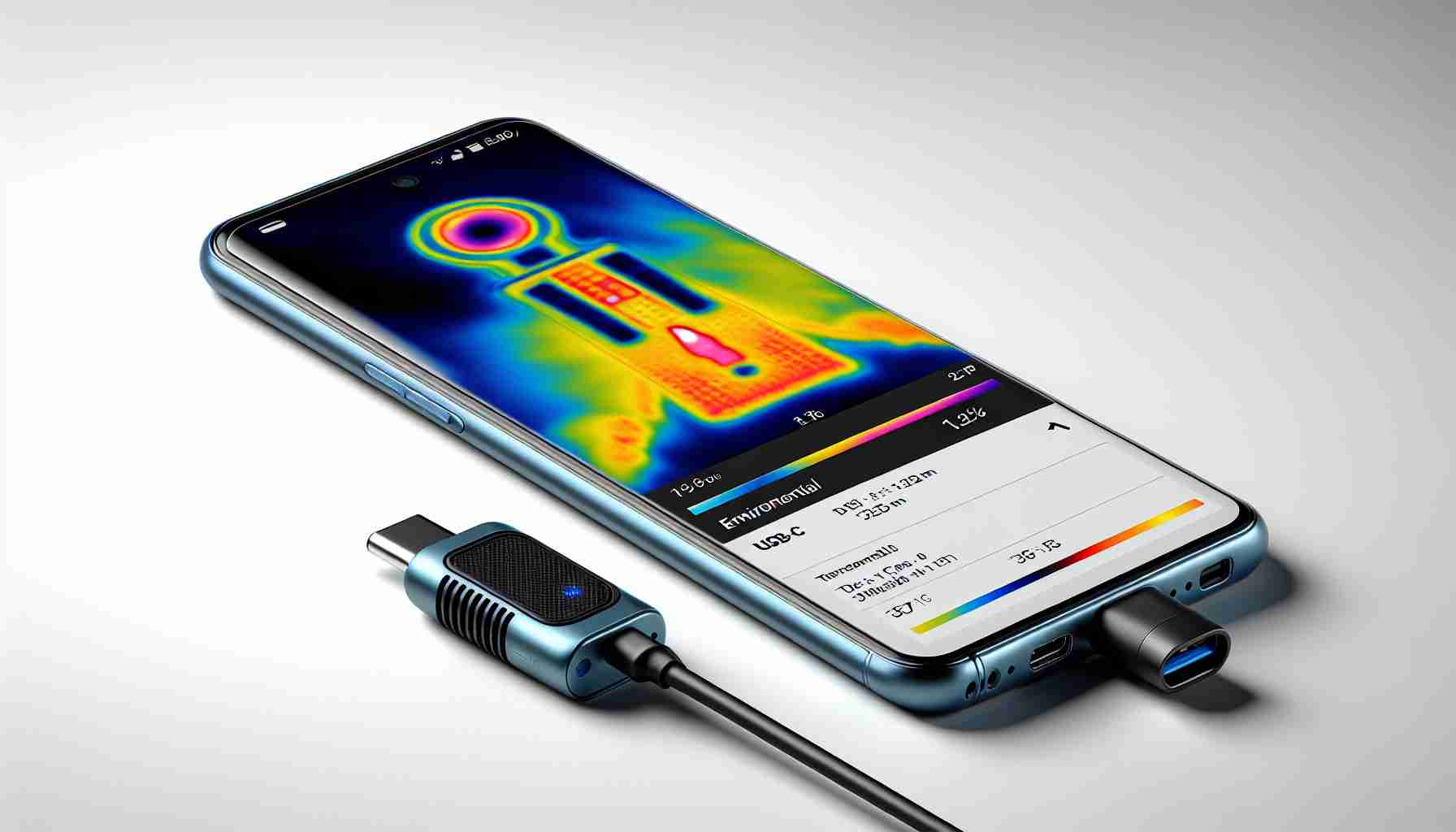Upgrading your smartphone to the next level of tech is simpler than one might presume, particularly when it comes to adding a thermal imaging capability. A variety of products on the market now allow for the easy integration of a thermal camera using a USB-C connection with virtually any smartphone.
These handy add-ons are particularly useful for those who frequently venture outdoors or require thermal imaging for professional purposes. By connecting a USB-C thermal camera, users can swiftly transform their regular smartphone into a powerful tool capable of visualizing heat signatures for various applications, from home inspection to wildlife observation.
Additionally, the tech market has seen the introduction of rugged outdoor smartphones that come with built-in thermal imaging cameras. These devices are tailor-made for adventures in extreme conditions and for industry professionals who need reliable and durable technology. Their integrated infrared cameras are not only for taking photos or videos but also serve critical functions such as finding heat leaks in buildings or locating people and animals in low-visibility scenarios.
The traditional handheld thermal cameras continue to hold their importance for some users who prefer a dedicated device instead of an add-on. These cameras offer specialized features and are designed for specific, often more demanding, thermal imaging tasks.
By making thermal imaging more accessible and versatile through these different products, it’s easier than ever to explore the world unseen by the naked eye.
Enhancing smartphones with USB-C thermal imaging cameras is revolutionizing the way we perceive our environment. These devices capitalize on the widespread adoption of USB-C ports in modern smartphones to bring thermal imaging to a broader audience.
Key Questions and Answers:
– What are USB-C thermal imaging cameras? USB-C thermal imaging cameras are compact, portable devices that connect to the USB-C port of a smartphone, allowing it to capture and display thermal images.
– How do they work? These cameras capture infrared radiation emitted from objects and translate that data into an image that can visualize temperature variations.
– Who can benefit from them? They are beneficial for professionals in industries like construction, HVAC, electrical, and emergency services, as well as for outdoor enthusiasts and wildlife observers.
Key Challenges and Controversies:
– Compatibility Issues: While USB-C is becoming the standard, not all smartphones have this port, limiting the user base.
– Quality and Resolution: Some argue that the resolution and quality of attached thermal cameras may not match those of dedicated devices.
– Data Security: As these devices leverage the smartphone’s connectivity, there are concerns about the security of the potentially sensitive thermal data captured and shared.
Advantages:
– Portability: USB-C thermal cameras are compact and easy to carry.
– Convenience: They transform a smartphone into a thermal imaging device without the need for carrying additional equipment.
– Affordability: They are generally less expensive than dedicated thermal cameras.
– Accessibility: Users can easily share and analyze the thermal images on their smartphone.
Disadvantages:
– Battery Drain: Using the smartphone as a display and power source can drain the battery quickly.
– Quality Concerns: The resolution and thermal sensitivity might not match professional-grade, stand-alone thermal imaging cameras.
– Device Wear: Frequent attachment and detachment of the camera can wear out the smartphone’s USB-C port.
To further explore the realm of thermal imaging technologies, reputable sources for up-to-date information can be accessed at the main domains of industry leaders like FLIR and Fluke. Always ensure that you are visiting the official and current website before using any hyperlinks provided.
